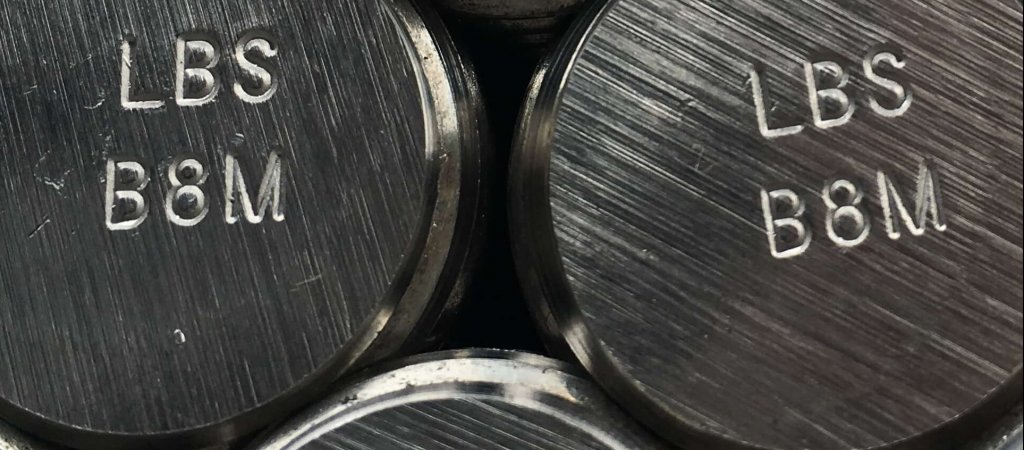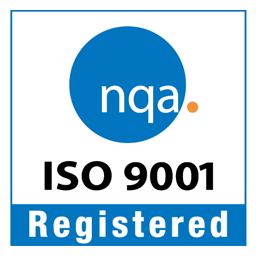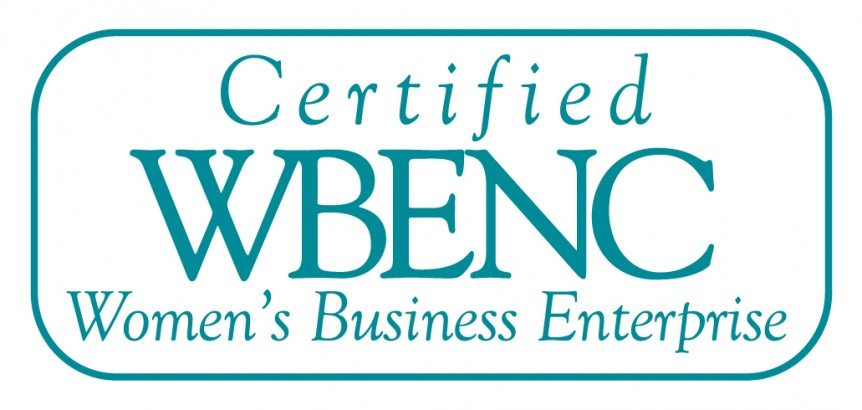
Stainless steel fasteners are made from a steel alloy that contains a minimum of 10.5% of Chromium and is also referred to as Inox steel. There are over 150 different grades and surface finishes of stainless steel fasteners and stainless bolts that are available. The type of stainless steel fastener used should be engineered for the application/environment that it is being used. However, the two most common grades are 304 stainless fasteners (commercial grade) and 316 stainless fasteners (marine grade). For simplicity sake, many treat type 304-ss fasteners and type 18-8 ss and A2 ss fasteners as nearly identical materials and are often used interchangeably / synonyms.
Stainless steel bolting is chosen because primarily of its resistance to corrosion, and not due to its strength. Stainless steel fasteners are typically unaffected by weak bases, but their resistance to attack by acids is different for each of the grades and is dependent upon variables such as: type of acid, concentration, & temperature. Similar to steel, it is a “relatively” poor electrical conductor. When piping is flanged together with stainless bolting, it is often done by using ASTM A193 B8 Studs with A194 Grade 8 nuts, OR A194 B8M stud bolts & A194 grade 8M nuts respectively.
Stainless steel is grouped by its crystalline structure.
- Austentic: When Nickel is added, it stabilizes the steel into an austenite structure thereby making it not magnetic. However, work hardening can possibly make austentic stainless steel fasteners mildly magnetic. Adding different amounts of Carbon will then increase its hardness and its ability to be heat treated.
- 200 Series: A standard purpose stainless that offers little corrosion resistance and is hardened through cold working.
- 300 Series: 304 stainless steel fasteners, which are the most common type, fall within this category. They are also known as 18-8 stainless due to its 18% chormium and 8% nickel. Since precipitation of chromium carbides may occur at grain boundaries if welded, therefore 304L and 316L are “Low” carbon versions that reduce this “sensitaztion effect” from occurring due to having a carbon content less than 0.03%.
- Ferritic: usually a cheaper form of stainless due to its decreased nickel and choromium content. These alloys are commonly magnetic, have a body centered cubic crystaline structure, and contain very little nikel and Chromium composition between 27%-10.5%.
- Martensitic: although not as resistant to corrosion as austentic stainless fasteners, it is magnetic, can be hardened and is easy to machine.Chromium contents (14%-12%) Molybdenum (1%-0.2% )and nickel (<2%).
- Duplex: this is a type of stainless that is usually a 50/50 mix of austenite and ferrite. Due to having a tensile strength nearly double of austentic stainless fasteners, it is also very resistant to corrosion, pitting, and stress cracking. Higher Chromium (32-19%) and Molybdenu (<5%) give duplex stainless fasteners (such as duplex bolt and duplex nuts) their unique characteristics. Duplex is characterized into 4 subgroupbs based upon their resistance to corrosion and chemical composition.
- Lean duplex fasteners
- Standard duplex fasteners
- Super duplex fasteners
- Hyper duplex fasteners
Stainless Steel Fastener Grades
SAE Grade | EN – Steel # / DIN | EN Name | UNS |
| 440A | 1.4109 | X65CrMo14 | S44002 |
| 440B | 1.4112 | X90CrMoV18 | S44003 |
| 440C | 1.4125 | X105CrMo17 | S44004 |
| 440F | S44020 | ||
| 430 | 1.4016 | X6Cr17 | S43000 |
| 316 | 1.4408 | G-X 6 CrNiMo 18-10 | S31600 |
| 409 | 1.4512 | X6CrTi12 | S40900 |
| 410 | S41000 | ||
| 301 | 1.431 | X10CrNi18-8 | S30100 |
| 301LN | 1.4318 | X2CrNiN18-7 | |
| 304L | 1.4307 | X2CrNi18-9 | S3043 |
| 304L | 1.4306 | X2CrNi19-11 | S30403 |
| 304LN | 1.4311 | X2CrNiN18-10 | S30453 |
| 304 | 1.4301 | X5CrNi18-10 | S30400 |
| 304H | 1.4948 | X6CrNi18-11 | S30409 |
| 305 | 1.4303 | X5CrNi18-12 | S30500 |
| 312 | X5CrNi30-9 | ||
| 310 | 1.4841 | X22CrNi2520 | S31000 |
| 310S | 1.4845 | X 5 CrNi 2520 | S31008 |
| 321 | 1.4541 | X6CrNiTi18-10 | S32100 |
| 321H | 1.4878 | X12CrNiTi18-9 | S32109 |
| 316L | 1.4404 | X2CrNiMo17-12-2 | S31603 |
| 316 | 1.4401 | X5CrNiMo17-12-2 | S31600 |
| 316LN | 1.4406 | X2CrNiMoN17-12-2 | S31653 |
| 316L | 1.4432 | X2CrNiMo17-12-3 | S31603 |
| 316L | 1.4435 | X2CrNiMo18-14-3 | S31603 |
| 316 | 1.4436 | X3CrNiMo17-13-3 | S31600 |
| 316Ti | 1.4571 | X6CrNiMoTi17-12-2 | S31635 |
| 316LN | 1.4429 | X2CrNiMoN17-13-3 | S31653 |
| 317L | 1.4438 | X2CrNiMo18-15-4 | S31703 |
| 2304 | 1.4362 | X2CrNi23-4 | S32304 |
| 2205 | 1.4462 | X2CrNiMoN22-5-3 | S31803/S32205 |
| J405 | 1.4501 | X2CrNiMoCuWN25-7-4 | S32760 |
| 904L | 1.4539 | X1NiCrMoCu25-20-5 | N08904 |
| 1.4529 | X1NiCrMoCuN25-20-7 | N08926 | |
| 254SMO | 1.4547 | X1CrNiMoCuN20-18-7 | S31254 |





